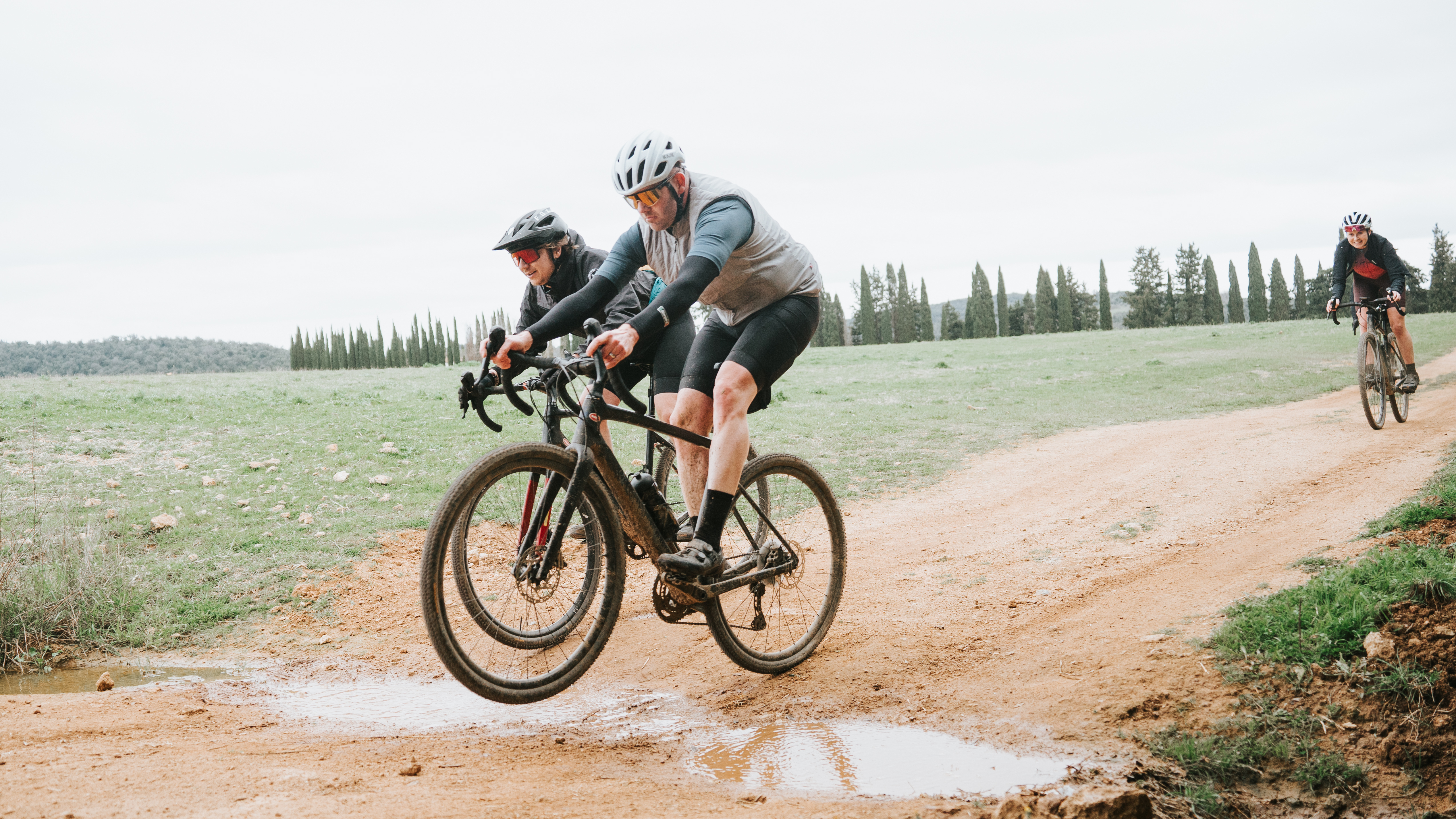
Gravel riding was meant to be the escape. A rebellion against the rigid world of road racing. No rules, no regulations—just you, your bike, and a whole lot of dirt. It promised freedom, particularly in the rubber department. Fat tyres, slick tyres, tan walls, tubeless setups—whatever worked.
But fast-forward a few years, and that early go-to tyre setup—38 to 40mm rubber with lightweight, supple casings that you could call oversized cyclocross kit—is starting to show its limits. Now, a noticeable trend is emerging: Elite gravel racers are ditching traditional gravel tyres and running full-blown XC mountain bike treads. Maybe it's time we all started paying attention.
After her close call with a puncture at last year's Unbound race, Rosa Klöser had to run on her tyre inserts for several kilometers before she swapped wheels, got back to the front, and eventually won. Since then, she has been using MTB tyres like the Continental Race King and the recently launched Terra Adventure tyres in training. “I like the extra grip, comfort, and improved puncture resistance that a larger-volume MTB tyre offers,' Klöser told Cycling Weekly.
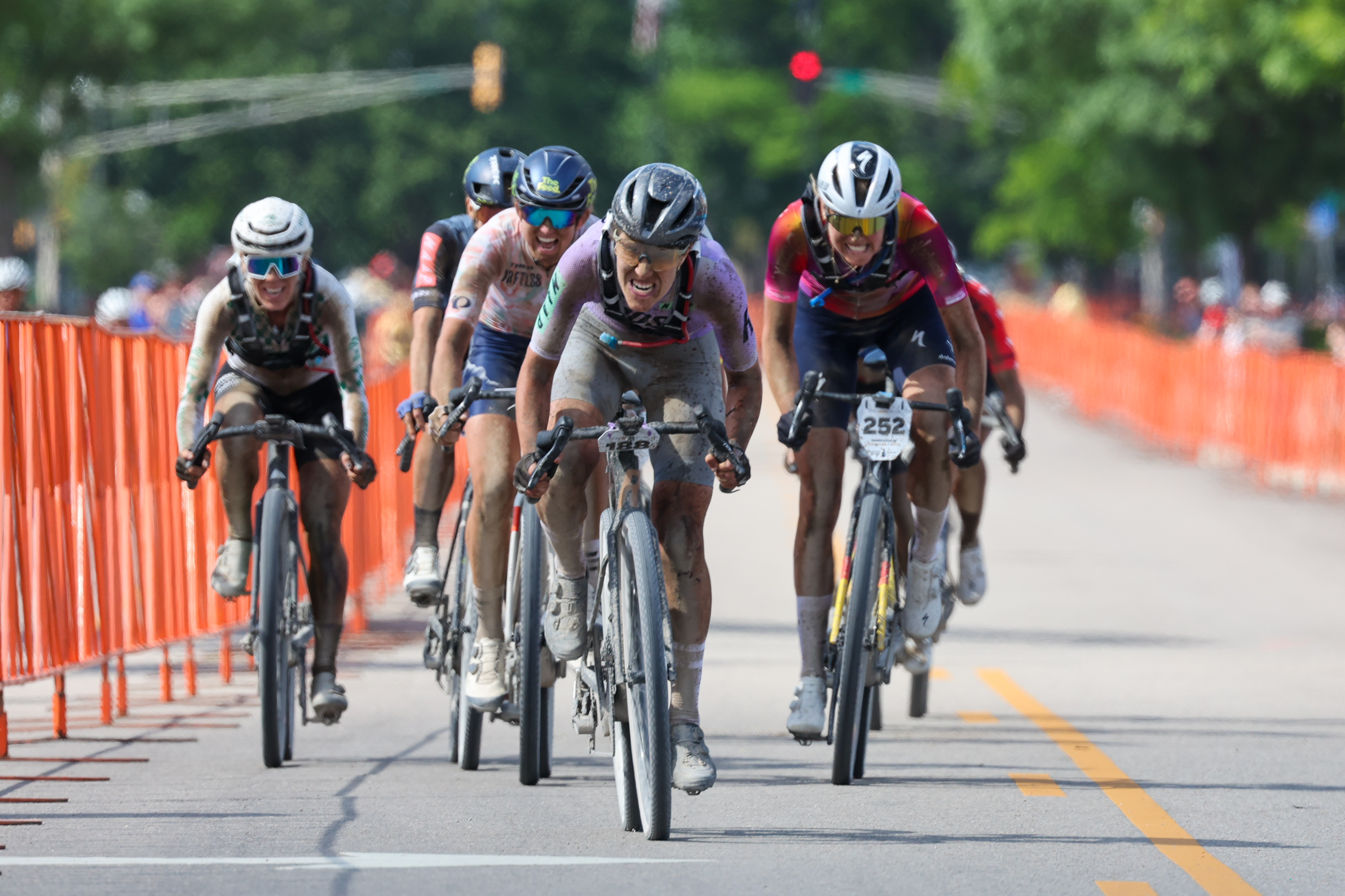
Gravel's narrow path
There’s a formula for what a gravel tyre should look like: 700c wheels, 40–45mm width, semi-slick centre tread, lightweight casing, and a fast-rolling file pattern. They look fast. They feel fast, and they are fast on smooth, hardpack trails.
But when the gravel turns rough, the trails get rutted, or if you’re like me, most of your trails have sections of loose, often square-edged rocks, then those sleek tyres can start to fall apart, sometimes literally and usually ruining an otherwise great day out on the bike.
That’s why more and more front-runners at events like Unbound and The Traka are turning to cross-country MTB tyres. Look closely at the bikes on the podium, and you’ll spot Maxxis Ikons, Continental Race Kings, and Vittoria Mezcals—all fast-rolling MTB options and all noticeably chunkier than your average gravel tyre.
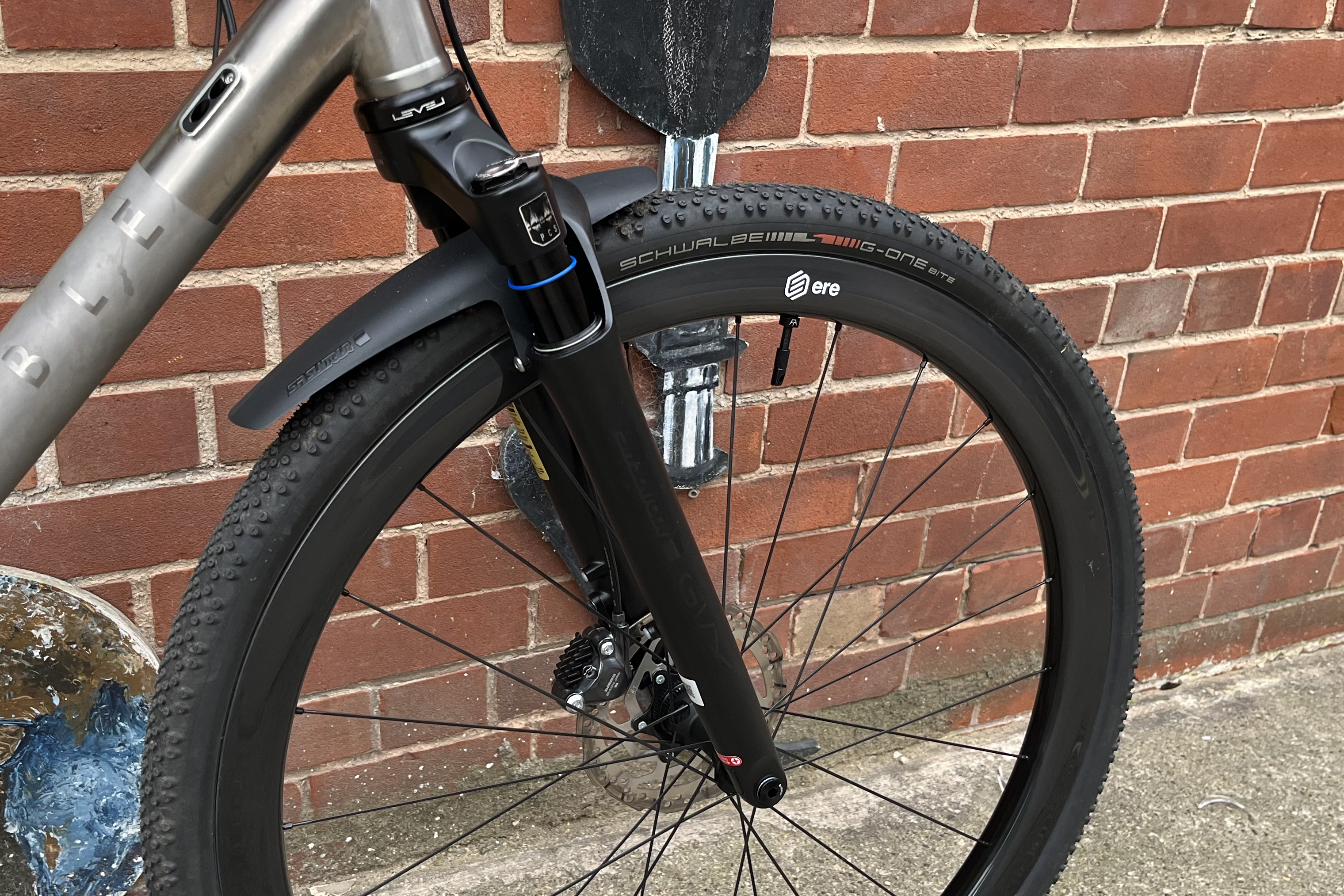
And the trade-off, you might ask? Well, there isn’t one - at least not on rough terrain. Take Gravel pro Joe Laverick as an example, who has a busy season racing gravel events across the globe for Enve.
"The larger tyres really benefit me, I can feel the extra grip and that gives me confidence. And, I know I’m less likely to puncture. They’re no slower, that’s for sure.”
Laverick added that his tyre choice is still very terrain dependent, "the tread pattern that best suits the race or event varies by region, but, you’re almost always better on a higher volume option."
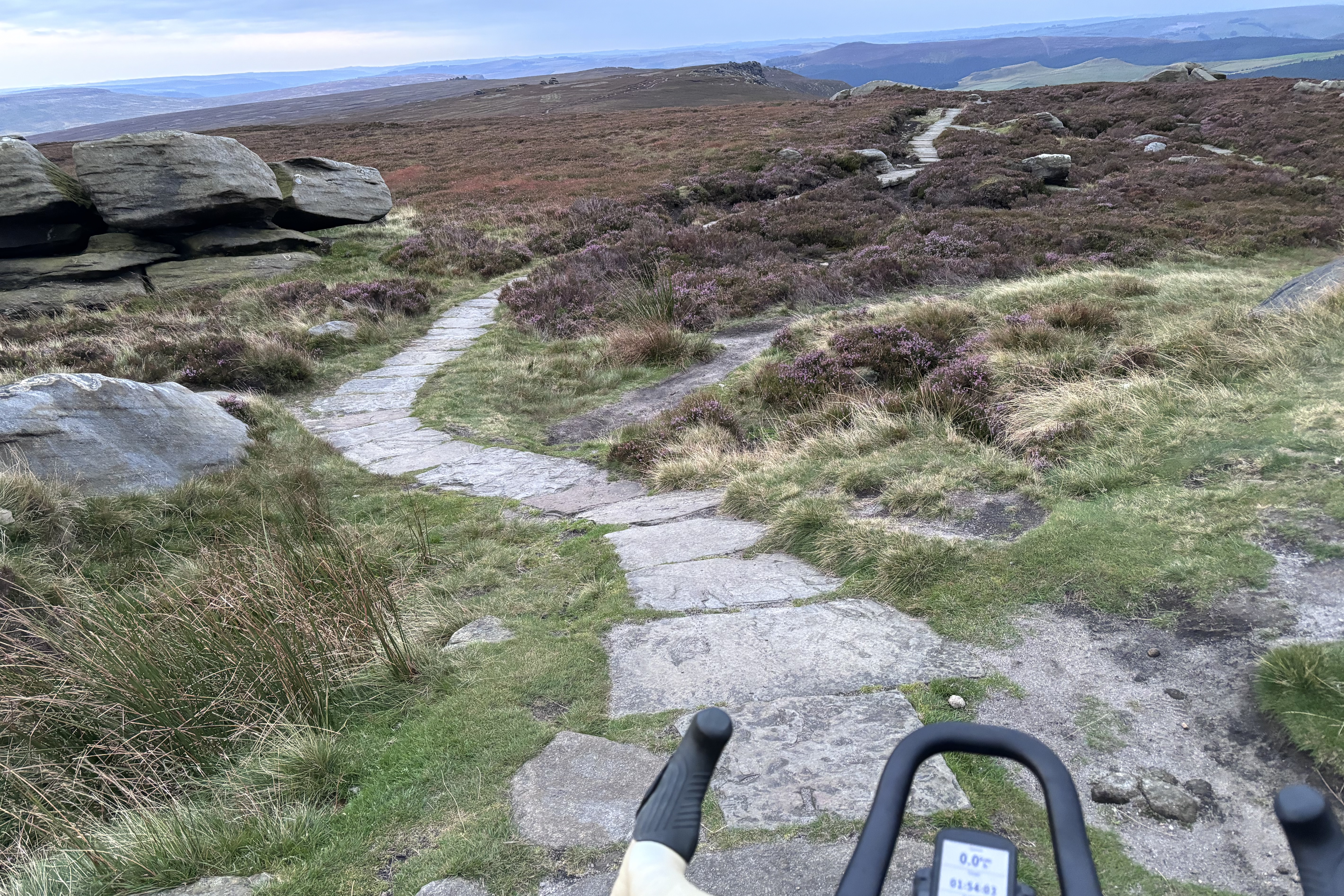
What MTB gets right
Mountain biking isn’t just about knobbly tyres, slack geometry and suspension. When it comes to tyre choice, MTB has decades of hard-earned wisdom, and gravel can certainly learn a lot from it.
XC racers have long had a buffet of options: 2.0" to 2.4" widths, terrain-specific tread patterns, different sidewall protections, front-rear combo setups, and compounds designed for everything from loose dust to wet roots and rock gardens.
Most importantly, MTB knows that bigger doesn’t mean slower. You won’t see anything narrower than a 2.4” tyre at a modern XC World Cup, and for good reason. Bigger volume means lower pressures, better grip, more comfort, and often, contrary to old-school road logic, less rolling resistance over time, not more.
It’s a numbers game: more traction, fewer flats, and a smoother ride. That’s not just marketing either; it’s backed by data from various sources and, increasingly, by what gravel pros are opting to race on.
The problem with gravel tyres
Gravel's tyre identity crisis stems from its roots. Many gravel tyres are still built like road tyres, using thin casings, slick profiles, and minimal protection. They’re great for fast, dry trails or tarmac transitions. But as gravel racing has grown gnarlier and more technical, those tyres have started to show cracks.
Part of the issue is frame clearance; many older gravel bikes simply can’t accommodate bigger rubber. But that’s changing. The latest crop of bikes from brands like Canyon, Specialized, and BMC have much more generous tyre clearance, allowing riders to fit up to 55mm or 29 x 2.2” in MTB terms.
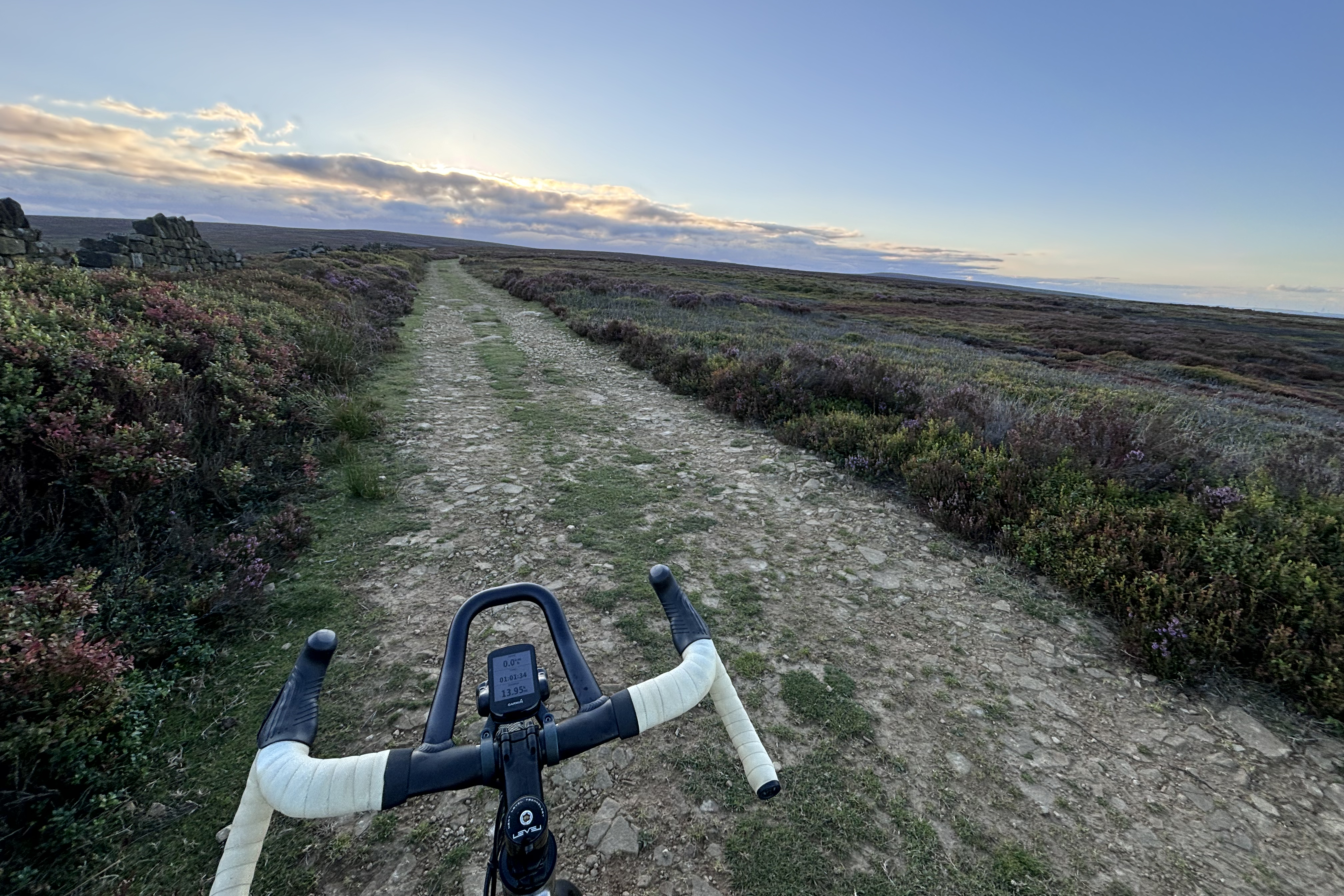
Tyre brands are catching up, too. Continental’s Terra Adventure, for example, borrows heavily from its MTB catalogue. “The Terra Adventure offers confidence-inspiring support, security, and speed,” says Alexander Haenke, Continental’s MTB and gravel product manager. “Its tread pattern closes the gap between all-round gravel and cross-country mountain bike tyres.”
“We’ve split the G-One range to suit different types of riders better,” says Grant Wild of Schwalbe UK. “The standard models use our Superground carcass for more robust, trail-capable performance—similar to a single-ply MTB construction—while the R versions are lighter and more race-focused, using our Souplesse construction developed from the Pro One road tyre line.”
The message is clear: the industry knows riders are pushing their bikes harder, and tyre tech is finally following suit.
The bottom line?
Gravel doesn’t have to become “MTB Lite,” but riders shouldn’t feel locked into outdated tyre formats, either.
If your local trails are smooth and dry, a fast 40mm semi-slick might still be the perfect choice. But for more challenging rides—especially longer, more rugged events, bigger and better tyres already exist and could vastly improve your gravel riding experience, letting you push harder and spend less time repairing punctures.
Gravel was built on the idea of freedom. So maybe it’s time we remembered that when it comes to tyre choice and not always go for what might look like the fastest option.







